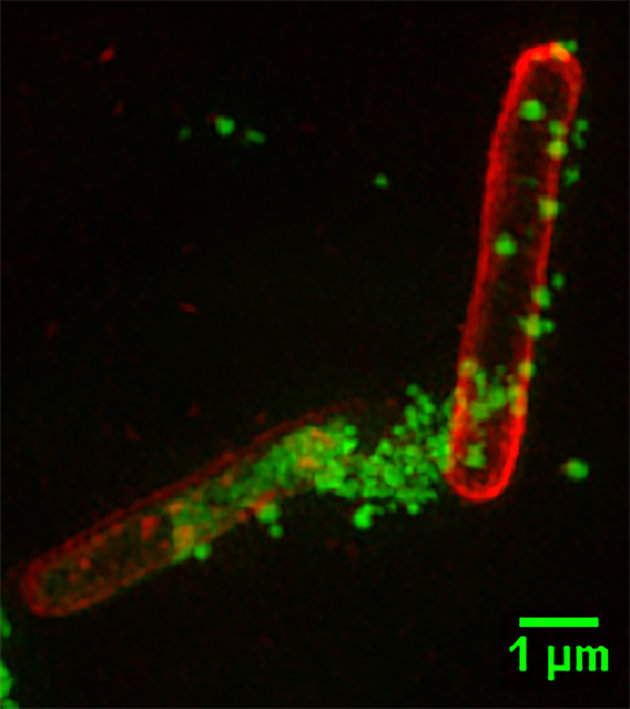Importance As society is increasingly becoming more networked, researchers are beginning to explore how social media can be used to study person-to-person communication about health and health care use. Twitter is an online messaging platform used by more than 300 million people who have generated several billion Tweets, yet little work has focused on the potential applications of these data for studying public attitudes and behaviors associated with cardiovascular health.
Objective To describe the volume and content of Tweets associated with cardiovascular disease as well as the characteristics of Twitter users.
Design, Setting, and Participants We used Twitter to access a random sample of approximately 10 billion English-language Tweets originating from US counties from July 23, 2009, to February 5, 2015, associated with cardiovascular disease. We characterized each Tweet relative to estimated user demographics. A random subset of 2500 Tweets was hand-coded for content and modifiers.
Main Outcomes and Measures The volume of Tweets about cardiovascular disease and the content of these Tweets.
Results Of 550 338 Tweets associated with cardiovascular disease, the terms diabetes (n = 239 989) andmyocardial infarction (n = 269 907) were used more frequently than heart failure (n = 9414). Users who Tweeted about cardiovascular disease were more likely to be older than the general population of Twitter users (mean age, 28.7 vs 25.4 years; P < .01) and less likely to be male (59 082 of 124 896 [47.3%] vs 8433 of 17 270 [48.8%]; P < .01). Most Tweets (2338 of 2500 [93.5%]) were associated with a health topic; common themes of Tweets included risk factors (1048 of 2500 [41.9%]), awareness (585 of 2500 [23.4%]), and management (541 of 2500 [21.6%]) of cardiovascular disease.
Conclusions and Relevance Twitter offers promise for studying public communication about cardiovascular disease.





 © Ollyy/shutterstock.com
© Ollyy/shutterstock.com